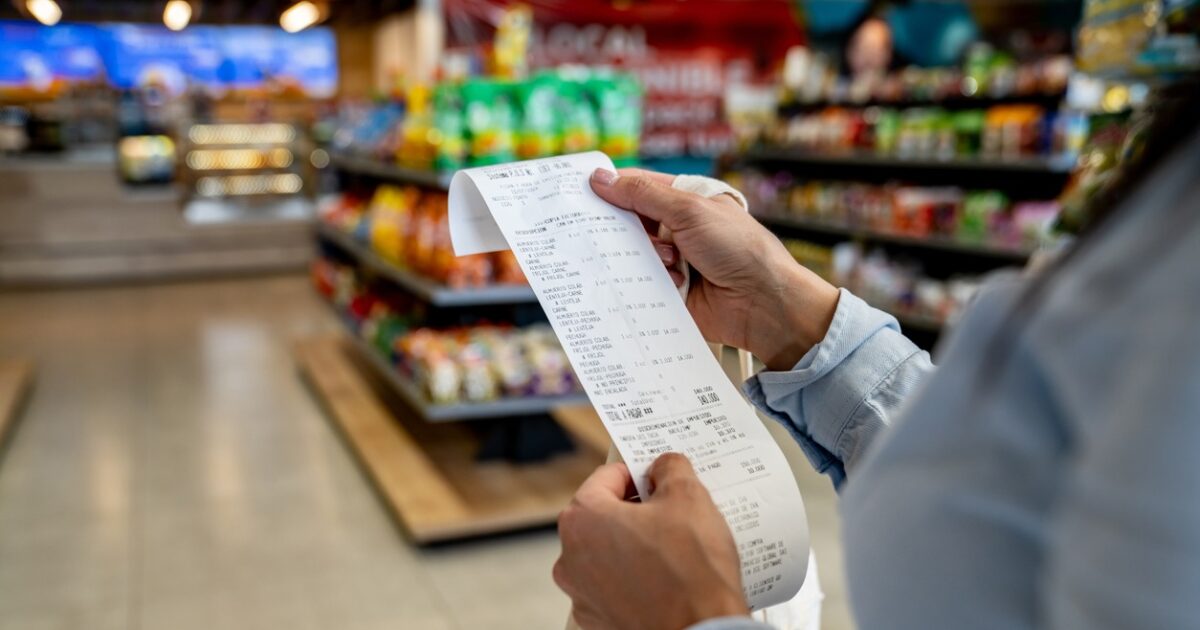Before “Alecter’s Trey”, the Commission’s report on the “psychological” sedimentation of expectations at retailis also confirmed by the details of ELSTAT for the reality in these businesses and for the prospects of private consumption.
So in May, ELSTAT points out that Activity in retail operations suffered a hit on a yearly basis as turnover decreased by 4.4% compared to May 2024, at the same time that the volume of consumption declined, even more, by 5,6%.
How is this difference being interpreted? Tumor reduction by 5.6% means that consumers bought fewer products in natural quantities or units. Turnover decreased less, by 4.4%, because prices were higher than last year, as inflation in the domestic market remains … persistently high.
Simply put, the decline in quantities is greater than the decline in revenue, because prices (despite the decrease in volume) remain relatively high, leading consumers to buy less but to pay more per unit of product.
That is, prices are kept high compared to incomes, despite wage increases, and the purchasing power of households seems to recede. A trend that, if continued, will enhance the image of a “quagmire” in private consumption, which is a “trouble” harvest for both business and development.
Unbearable the daily routine
Even more problematic is the image presented after a closer analysis of the individual elements that led to the fall in retail trade in May.
The expenses for the necessary family movements or food are products of inelastic importance for any household, however there is a significant reduction in consumption, with the consequences of traders.
Turnover for fuel and lubricants decreased by 18.6%a size that could be explained due to the reduction of international oil prices that led to a relative decline in the pump.
However, at the same time there is a 9%reduction in consumption volume, indicating that even after price balances, households were more than cautious about how much they would spend by going to the gas station and, by extension, how much they would use their cars.
Also important is the decline in consumption even in essentials such as food. Turnover decline by 7.7% was overcome by a 10.3% dip in the volume of retail trading/beverages.
Thus, the turnover of turnover cannot be explained simply by possible consumers’ shift to cheaper solutions and private label products, as a real decline is recorded and how much households eat.
Similar image and overall supermarkets, where turnover fell 3.1% and volume by 5.1%.
In another field, that of clothing and footwear, the biggest difference is recorded with a turnover decrease by 7.1% and the volume by 12.8%, which means a strong decline in demand as people buy fewer clothes and shoes and, secondarily, a significant absorption of decline in demanding demand through high demand.
What are the effects
The above data, as well as previous “bells” that have been hit by various reports and elements, suggest that inflation and broader economic conditions reduce the purchasing capacity of households by pushing private consumption indicators, which is a basic lever of GDP.
At the same time, pressure on small and medium -sized enterprises are exerted, especially in the retail sector, and expectations on the inflation front lead to further retention of household expenses, perpetuating this trend.
Thus, there is a further need for targeted interventions for income reinforcement of households, as it is evident that pre -existing wage increases are not sufficient to compensate for accuracy.
